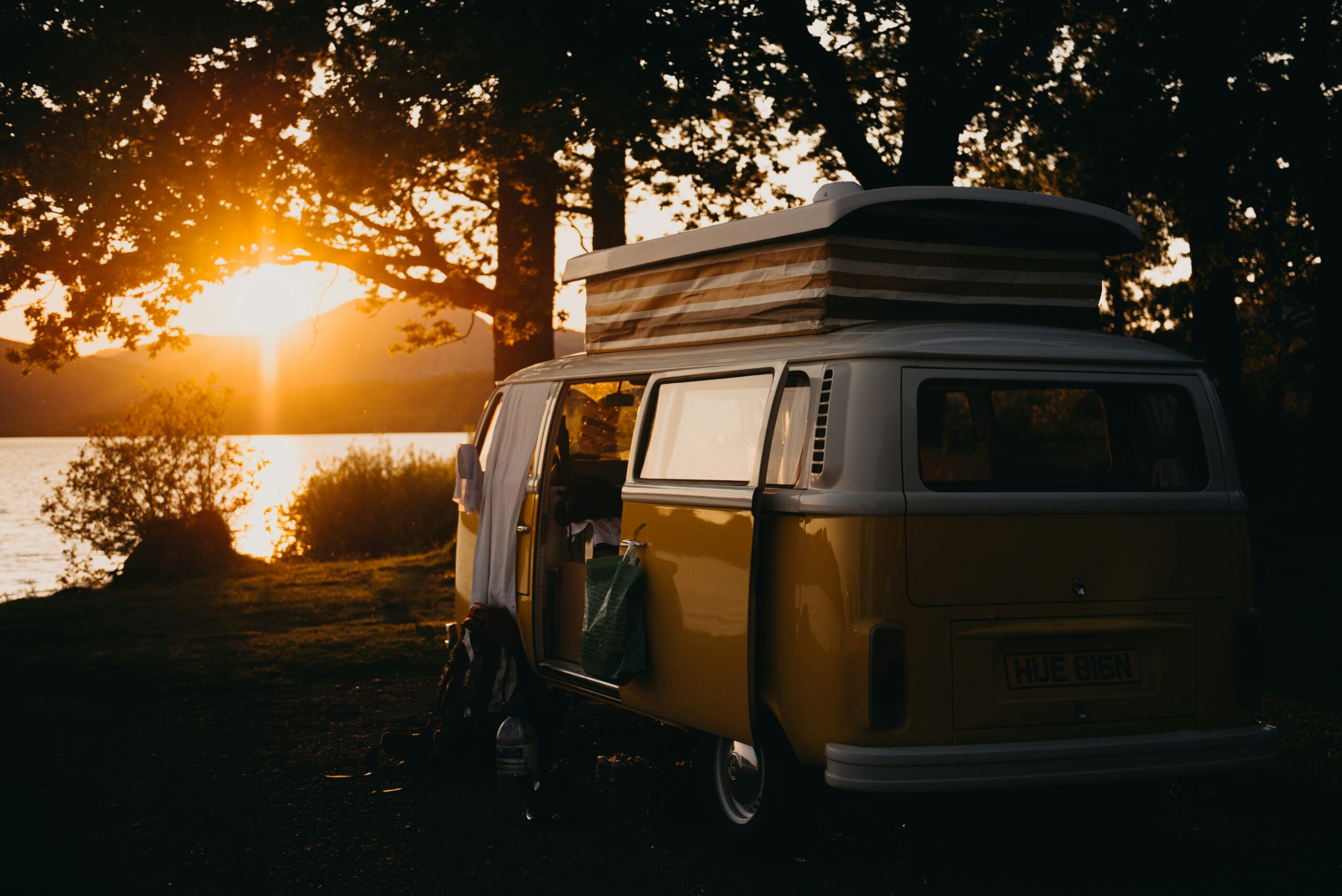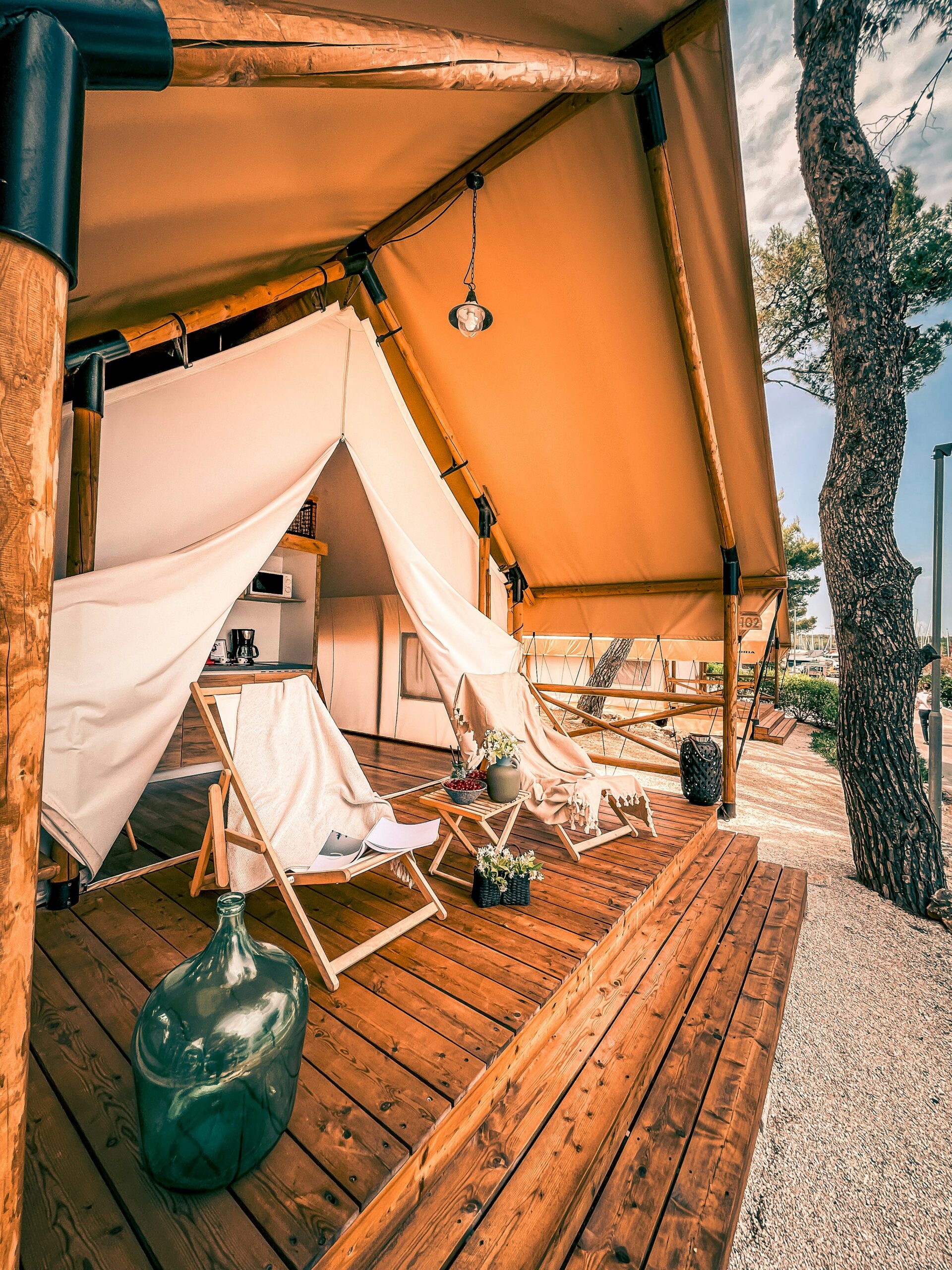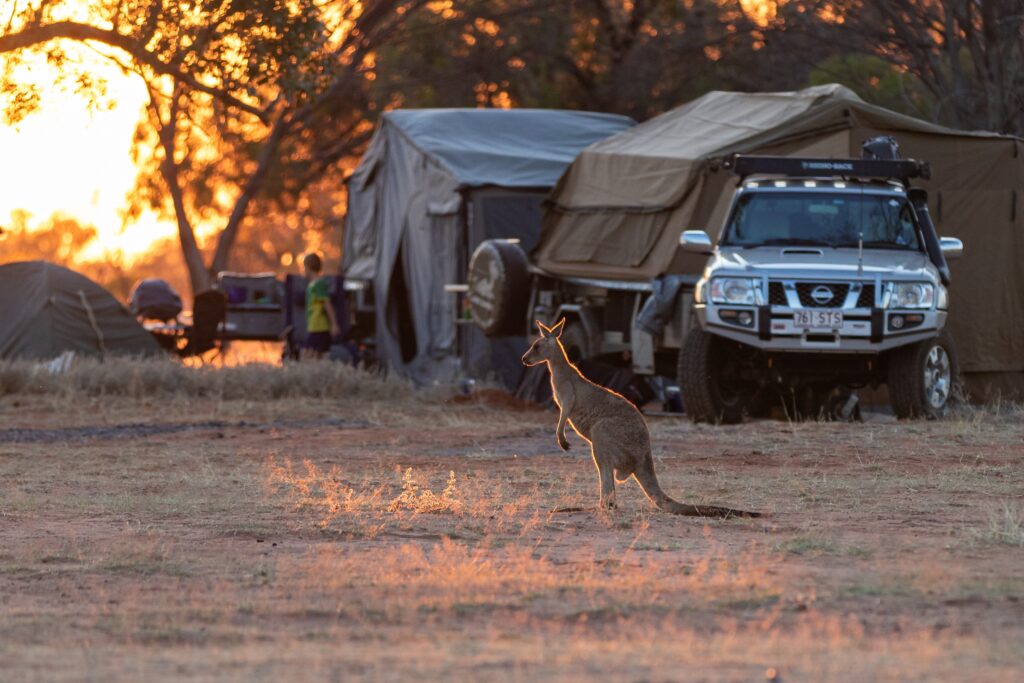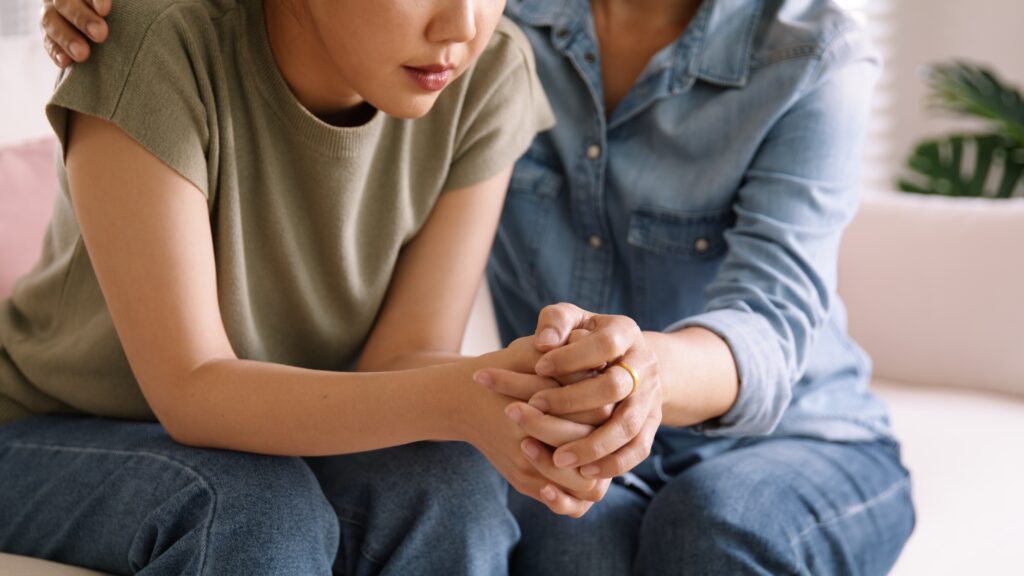Australia’s vast size and diverse landscape mean that much of its coastline and Outback are far from major cities, where options like hotels or Airbnb aren’t always available.
Luckily, this means many of the country’s most beautiful, untouched areas are perfect for camping!
Why camp in Australia?
There are campsites around the country where you can roll out of your tent and into the ocean, hear nothing but kookaburras singing, or be tucked away in dense bushland. Best of all, it’s much cheaper than booking an Airbnb or a hotel.
In addition to the unparalleled access to nature, camping also gives you a chance to meet locals, other travellers and Aussies, as campgrounds have a welcoming and community atmosphere you simply don’t get in other types of holidays.
Campgrounds
Different campsites will offer different facilities. In some, you may have access to showers, bathrooms, and even cooking areas with barbeques and fridges.
Others may be more basic, adding to the simplicity and sense of adventure! Be sure to check what facilities are available, as this will help you pack what you need for cooking, cleaning, etc.
To find campsites for your next trip you can search for locations using state or government search engines listed below:
Types of camping
You might think of camping as a tent in the middle of the forest, but there are actually many different types of camping in Australia.
Caravan/campervan
A great way to see Australia and stay at low-cost campsites is to rent or hire a campervan or caravan. A campervan, sometimes called an RV, is a vehicle that also comes with sleeping and cooking equipment.
This is perfect for a road trip with the flexibility to adapt your plans as you go and not buy expensive camping gear. Some popular companies to rent a campervan include JUCY, IndieCampers and Blitz.
 Image by Kevin Schmidt via Unsplash
Image by Kevin Schmidt via Unsplash
Tents
A more traditional and simple option is to buy or rent a tent and sleeping bag.
This can be a more authentic and rustic experience, but will mean you need to carefully plan the equipment you need for cooking, cleaning, and carrying your gear, and how you are going to get to and from each campsite.
Glamping
A great option for first-time campers who might not be ready to go completely off-grid (Bear Grylls style) is glamping. Growing in popularity, glamping is when you stay in a more permanent and comfortable tent or fixed structure.
Instead of a popup tent, it might be a stronger cabin-like structure with a comfortable bed and seating area. Glamping can give you the best of both worlds, as it’s usually in a picturesque location with a bit more comfort.
 Image by Alden Li via Unsplash
Image by Alden Li via Unsplash
Best camping in Australia
There are literally thousands of campsites around Australia at the beach, the bush, the outback and even the snow, but some great options include:
New South Wales coast spots like Diamond Beach or Broken Head will let you literally roll out of your campsite with kangaroos jumping past your tent, and pristine beaches just outside your door.
For a real taste of the beautiful “red centre” in Outback Northern Territory, you can visit Ormiston Gorge, where you will find stunning landscapes and rock pools to swim.
In Far North Queensland, you will find Cape Tribulation camping site, nestled in the Daintree Rainforest, with access to the Great Barrier Reef swimming and snorkelling on your doorstep.
Or, in Western Australia you can camp under the stars at Osprey Bay on Ningaloo Reef, completely isolated from city life!
Regulations and safety
Despite what you might hear, you cannot simply pitch a tent anywhere in Australia and camp for the night. You need to always book a licensed campground for your own safety and to avoid fines.
There are generally three places you can camp:
Caravan or holiday parks – Privately owned and operated, they usually are located in more popular touristic places like beach towns. They will come with the best facilities like bathrooms, BBQ areas, sometimes even a pool or cafe on site.
Cost: $20-$50 per night depending on the season and location.
National or State Park – These more remote locations are operated by the local council or government. They will have more basic facilities like a pit toilet and probably nowhere to cook. Often less crowded and in beautiful locations.
Cost $10-$15 per night.
Free camping – Only recommended for experienced campers, as the grounds can be rough and unsupervised. There is no electricity available, so all your equipment needs to be battery or gas-powered. Free Camp Australia has more information on sites and restrictions.
Read more: How to explore Australia safely
What to bring
Most camp sites in Australia will require a car to get to, which makes caravaning and camper-vanning a popular choice for travellers as it combines transportation and accommodation.
However, other important items to bring for your camping safety checklist include:
- Esky/Icebox to store food and drinks
- Sunscreen
- Pop-up annex/awning with shade
- Plenty of water
- Portable stove/gas burner
- Cooking pots, pans, plates, knives and forks etc.
- First Aid kit
- Insect repellent





